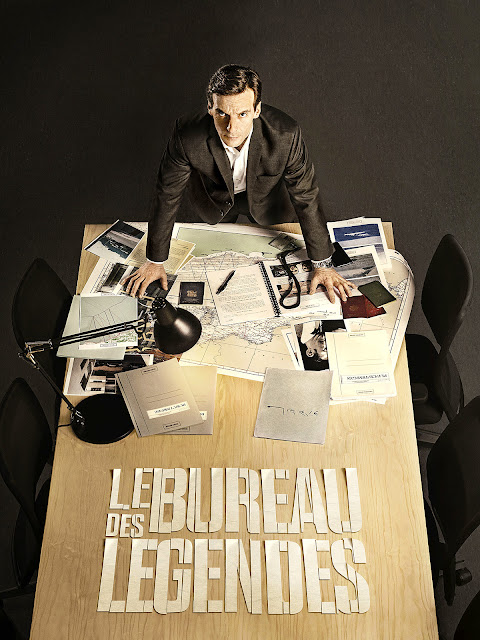☆ ☆ ☆ ☆
Project A (1983) – J. Chan
Having watched
Operation Condor (1991), Jackie Chan’s take on Raiders of the Lost Ark which is
all big scale stunts, I thought it might be time to show the boys an earlier film
with more hand-to-hand choreographed action. Back in 2011, I wrote the
following about Project A: “Jacky
directs and choreographs amazing fights of 20 or more kung fu guys (playing
19th century Hong Kong police/coast guard/pirates) in one of his first big
comedy-action hits. Sammo Hung and Yuen Biao, old mates from the Peking Opera
School are here as well and their camaraderie shows. Not sure whether I prefer this series (more
kung fu) or the Police Story series (more action) -- both are great for old
school (young) Jacky fans!” Watching
with Amon and Aito was fun, especially seeing them laugh uproariously at the
opening fight between coast guard and police in a bar and at the subsequent bicycle
escape from gangsters. Later, I worried that things got a little too violent
(when guns and hand grenades were introduced) and serious (when Jacky quit the
force to go rogue) but it’s still all slapstick and stunts and the kids know that
it’s all fake and outlandish. This film also contains Chan’s nod to silent
comedy star Harold Lloyd’s Safety Last – he dangles from the minute-hand of a
clock tower precipitously (but unlike Lloyd, Jackie falls through two awnings
to crash to the ground, apparently really injuring himself in the process). An
important stepping stone in Jackie’s career and one of his best films.


